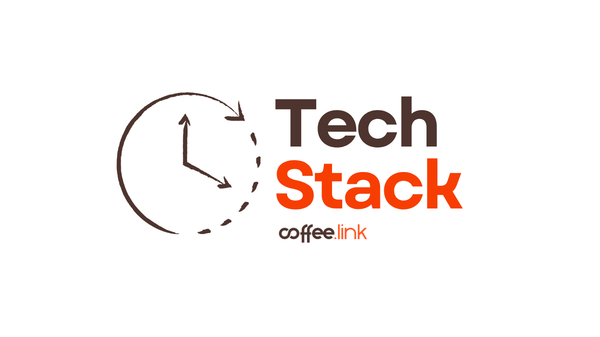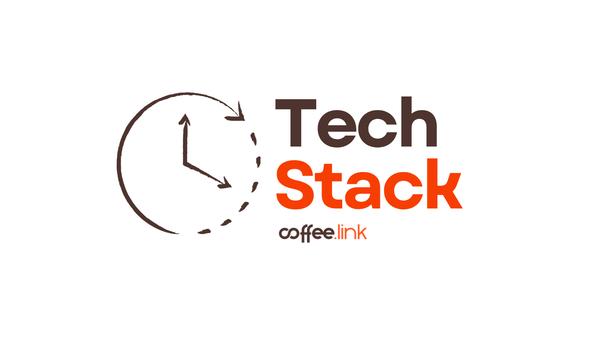Imagine a world where cancer treatments are as precise as a Swiss watch, where therapies are crafted specifically for you, and side effects become a relic of the past. Thanks to pioneering breakthroughs, that world is drawing closer. In recent years, cancer research has leaped forward in incredible ways, promising personalized treatments, fewer side effects, and longer-lasting remissions. Here’s a look at how these cutting-edge advancements are changing the face of cancer care.
Precision Medicine: Tailoring Treatment to Your DNA
Gone are the days of one-size-fits-all cancer treatments. Today, doctors use precision medicine, crafting treatment plans based on your unique genetic makeup and the specific mutations within your cancer cells. Through detailed genetic testing, they can identify the exact vulnerabilities in a tumor, making treatments more effective and reducing collateral damage.
Liquid biopsies are a prime example, allowing doctors to analyze DNA from a simple blood draw instead of a traditional biopsy. This quick and non-invasive test can detect cancer earlier and track its progress in real-time, providing a new level of monitoring to keep cancer in check.
Immunotherapy: Turning Your Immune System into a Cancer-Fighting Machine
Imagine if your immune system, which protects you from daily germs and viruses, could be supercharged to target cancer. Immunotherapy is doing just that! One revolutionary approach, CAR T-cell therapy, engineers your T-cells to seek and destroy cancer cells like heat-seeking missiles. And it’s working: many patients with tough-to-treat cancers, like lymphoma, are experiencing long-lasting remissions.
Checkpoint inhibitors are another breakthrough in immunotherapy. These drugs “unmask” cancer cells, making them visible to your immune system and allowing it to attack the cancer cells that would otherwise slip under the radar. This approach has been a game-changer, especially for cancers like melanoma and lung cancer.
Innovative Radiation: Precision to the Next Level
Radiation therapy has always been a staple in cancer treatment, but newer forms, such as proton and heavy-ion therapy, are taking precision to new heights. Traditional radiation can damage surrounding healthy tissue, but these advanced forms deliver energy directly to the tumor with pinpoint accuracy, minimizing side effects and making treatment safer.
Boron Neutron Capture Therapy (BNCT) is also gaining traction. BNCT introduces boron into cancer cells and then zaps it with neutrons, causing the cancer cells to self-destruct while leaving healthy cells untouched. This breakthrough is especially promising for challenging cancers like brain tumors.
Theranostics and Radiopharmaceuticals: Seeing and Treating Cancer Simultaneously
Ever wished doctors could watch treatment effects as they happen? Theranostics combines diagnostics and therapy in a single package, using radiopharmaceuticals that can both image and treat cancer. One major success story here is Lu-177, which has shown great potential in treating prostate cancer by delivering radiation directly to cancer cells while leaving healthy cells unscathed.
Radioligand therapy is another approach making waves, with new drugs approved for treating neuroendocrine tumors. It’s transforming cancer treatment into a precise, real-time experience, providing new hope for patients everywhere.
mRNA Vaccines: Beyond COVID-19, They’re Fighting Cancer Too
The technology behind COVID-19 mRNA vaccines is now being used to target cancer. With mRNA vaccines, scientists can train your immune system to recognize and destroy specific cancer markers, potentially creating long-term immunity against recurrence. In clinical trials, this approach has already shown promise, especially in preventing cancers like melanoma from returning.
This technology represents a world where a simple vaccine could prevent or treat cancer, marking a shift toward proactive, rather than reactive, medicine.
Oncolytic Viruses: Using Nature’s Own to Cure Cancer
Harnessing the power of viruses might sound counterintuitive, but oncolytic viruses are engineered to target cancer cells, leaving healthy cells alone. The modified herpes virus, known as T-VEC, is a great example—it’s already approved for treating melanoma, and researchers are exploring similar viruses for other types of cancer. These “smart” viruses are training our immune systems to fight cancer more effectively and could be a major pillar in future cancer therapies.
AI and Machine Learning: Speeding Up Discoveries
AI isn’t just for tech companies; it’s transforming cancer research too. Machine learning algorithms now help predict how patients will respond to treatments, analyze massive datasets for new drug discoveries, and even analyze images to catch cancer early.
Radiomics, for instance, uses AI to analyze CT and MRI scans, revealing tiny changes invisible to the human eye. This precision promises earlier detection, better treatment planning, and personalized care for each patient, revolutionizing the entire treatment journey.
Epigenetic Therapies and Gene Editing: Precision at the Genetic Level
CRISPR, the tool making headlines in gene editing, is being used to edit out cancer-causing mutations. Epigenetic therapies, meanwhile, are reprogramming cancer cells by altering how they express genes without changing the DNA itself. By targeting the genes responsible for growth, these therapies have the potential to reverse cancer on a fundamental level, especially for blood cancers and inherited cancers.
The Future Looks Bright
The battle against cancer is far from over, but these advancements are tilting the scales in favor of patients and families worldwide. From personalized therapies and cancer-fighting viruses to AI-powered treatment plans, these innovations are creating a world where a cancer diagnosis no longer feels like an overwhelming sentence.
New therapies promise more than just effectiveness—they promise hope. They are a reminder of how far we’ve come and how close we are to creating a future where cancer is a manageable part of life. At Coffee.Link, we raise our mugs to that future: a future filled with more options, fewer side effects, and, ultimately, more survivors.








